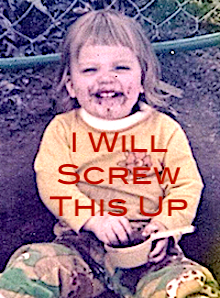Grasping the Radical Origins of Self-Care
A MiddleWeb Blog

It is commendable, something my administration does very well, and something for which I am very grateful.
It’s not a given. I’ve been teaching long enough now to remember a time clearly where the limit of self-care for teachers was a stiff drink at the bar across the road from the building on Fridays.
Now it’s in the vernacular of educators, and never more so than attempting to keep teachers sane during the pandemic sane – in their classrooms and not burning through their (still too limited) sick and personal days.
Rest, we’re told. Sleep, eat well, take walks. Get fresh air. Use the mental health resources in the district. All excellent advice.
But what we’re not told is that the genesis of self-care is radical, political, and non-white. When did I discover this? No more than a dozen months ago.
Self Care Is Not Self Indulgent
I have Audre Lorde to thank first, whose quote from her 1988 book A Burst of Light is now well known among activists and essential workers: “Caring for myself is not self-indulgence, it is self-preservation, and that is an act of political warfare.”
I was scrambling for ways to mitigate the exhaustion of remote education, managing constant anxiety over my health and that of my loved ones, and suffering from sleep paralysis when her words came into my world and changed it. They gave me strength, relaxed my ever present Catholic-raised-mother-teacher-woman guilt.
And perhaps most importantly, they exposed me to the roots of self-care in the Equal Rights and Civil Rights Movement (which are beautifully summarized in this Slate article). Self-care, in other words, is best realized within the context in which it was born: a way of filling up our own cups so that we can continue to pour them out onto the struggle for justice and equity.
In a profession dominated by care-taking middle class white women, where self-care comes from – and where it ought to go – is critical for me to remember, especially now that I am back face to face with my poor kids and families, my pandemic-scarred kids and families, my black and brown kids and families.
The good news for all of us: It is possible to care for ourselves while not abandoning care for our community; it is possible to tune in to ourselves without tuning out the larger social issues.
Anna Borges’ excellent reflection on how to do this in Self Magazine includes this sound advice amongst many other useful tips:
Do use self-care to process uncomfortable emotions. This might sound weird to you if your personal definition of self-care is all sheet masks and bubble baths, but when mental health professionals talk self-care, they really mean a whole host of behaviors and actions we can take to support our mental and emotional well-being.”
What are you doing to take care of yourself these days? How has that care changed? How do you preserve yourself for the act of political warfare that is teaching in these times? Leave a comment.
Stay Tuned In
My next column (Part II) will explore how self-care plays out in cultures other than the dominant white one, inspired by the question that hit me when one of my Latino student’s mothers had a baby last week: “Geez, what is self-care for her?” Turns out there’s a lot of information out there about that. More soon.




































